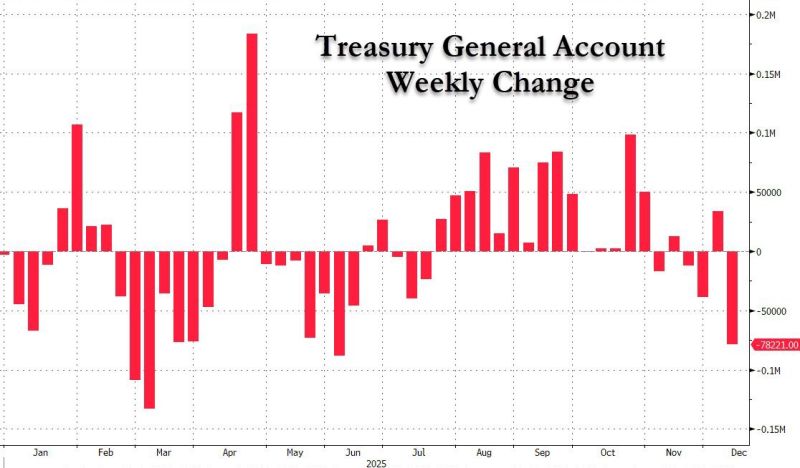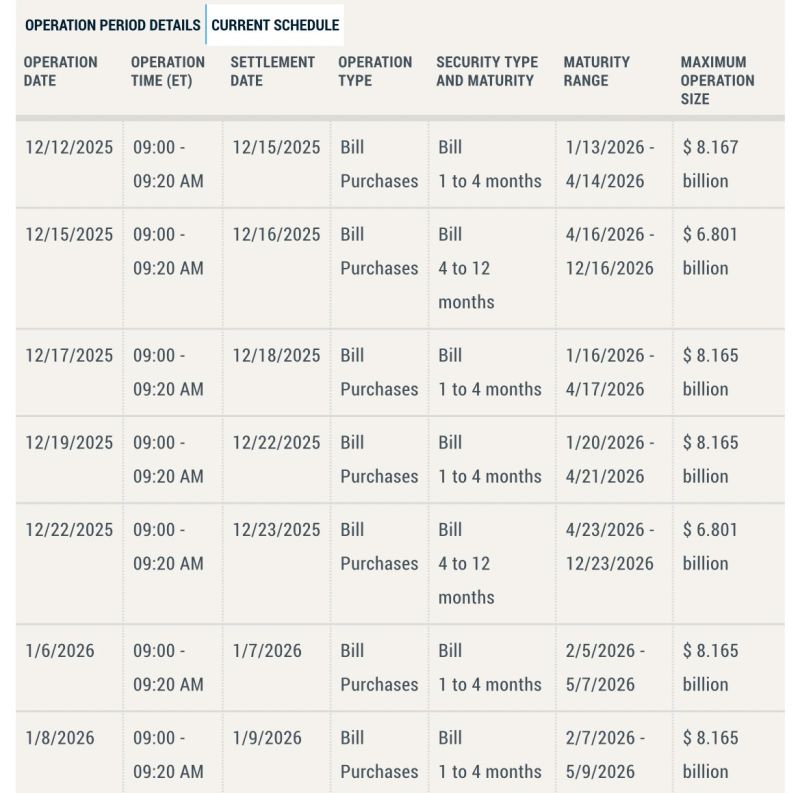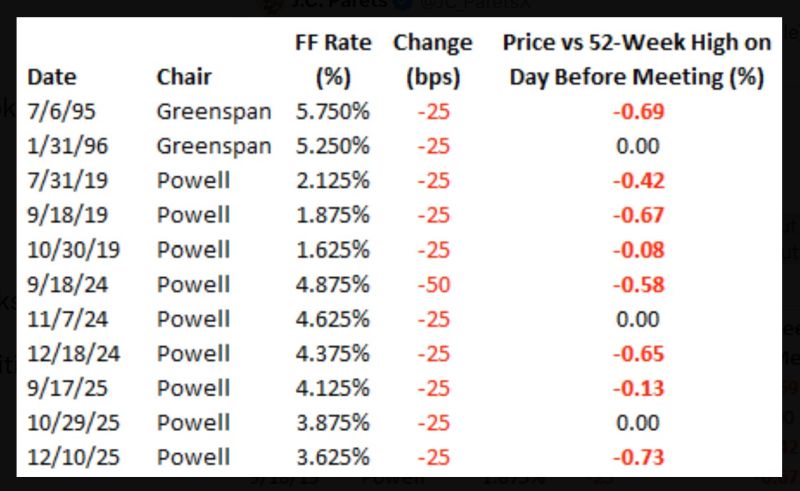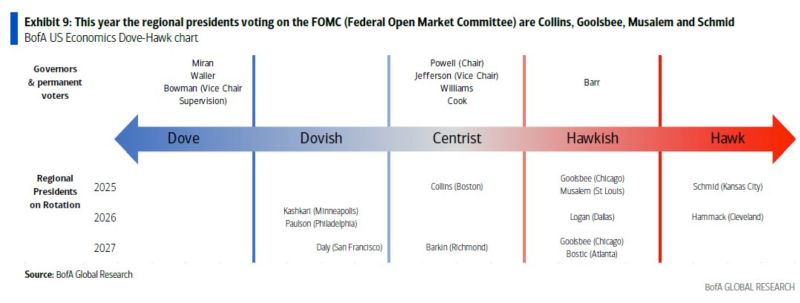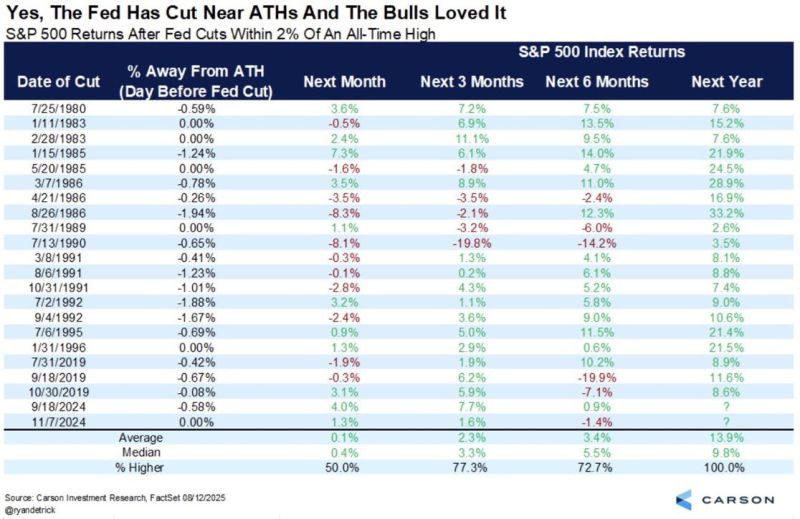Straight from the Desk
Syz the moment
Live feeds, charts, breaking stories, all day long.
- All
- equities
- United States
- Macroeconomics
- Food for Thoughts
- markets
- Central banks
- Fixed Income
- bitcoin
- Asia
- europe
- investing
- technical analysis
- geopolitics
- gold
- Crypto
- AI
- Commodities
- Technology
- nvidia
- ETF
- earnings
- Forex
- china
- Real Estate
- banking
- oil
- Volatility
- magnificent-7
- energy
- apple
- Alternatives
- emerging-markets
- switzerland
- tesla
- United Kingdom
- assetmanagement
- Middle East
- amazon
- russia
- ethereum
- microsoft
- ESG
- meta
- Industrial-production
- bankruptcy
- Healthcare
- Turkey
- Global Markets Outlook
- africa
- Market Outlook
- brics
1) Repo fixed ✔️ : Fed launches Reserve Management Purchases (liquidity injections)
2) Treasury cash flood begins ✔️ : TGA balance down $78BN in one week (3rd biggest liquidity injection of 2025) 3) Meltup ✔️: stocks close at all time high Source: zerohedge
Here it is…
Fed’s first month of T-Bill purchases. $40 BILLION over the next month. Starts today at 9am.
SUMMARY OF FED CHAIR POWELL'S COMMENTS:
1. Downside risks to employment have risen 2. Inflation in the US "remains somewhat elevated" 3. Interest rates are now in a "plausible range of neutral" 4. GDP growth forecast for 2026 has been revised up 5. Readings on inflation are higher as goods inflation has "picked up" 6. Three Fed members dissented today's decision The Fed is divided (but less than many feared). Source: The Kobeissi Letter
The Federal Reserve delivered 25bps, as expected. So why are Dow, Nasdaq surging, Russell 2000 skyrocketing, cryptos soaring while bond yields are plummeting?
The real story is the "packaging" which turned out LESS HAWKISH than the markets expected. This became evident starting with the Statement, and was amplified by Chair Jerome Powell's remarks at the Press Conference. Should we call it a DOVISH CUT ??? 🚀🚀🚀
The main takeaways from the Federal Reserve’s updated forecasts:
- Economic growth was revised up (1.9% for 2025 and 2.1% for 2026 when adjusted for the effects of the shutdown, per Chair Powell) but still looks low overall given other indicators. - “Somewhat elevated” inflation is persisting, which Chair Powell attributes to tariffs, with upside risk in the short term. - Weakening labor market with an unclear balance between demand and supply side influences. - Expected decoupling of growth from employment. - Relatively upbeat on productivity but not willing to attribute this to any large extent to AI. Side note: Yes it sounds weird that the Fed is cutting rates while upgrading economic growth forecasts. But their target is mainly the weakening job market. Source: El Erian
Powell the Provider.
Today was the 11th time since 1994 that the Federal Reserve cut rates when the S&P 500 was within 1% of a 52-week high. Nine of those cuts have occurred under Powell. Source: Bespoke @bespokeinvest
When the Fed cuts interest rates within 2% of stock market all-time highs, the S&P 500 has gone on to finish higher over the next 12 months 20 out of 20 times (100% hit rate) 🚨🚨🚨
Note however that the market reaction in the 3 to 6 months is mixed Source: Carson, Barchart
Investing with intelligence
Our latest research, commentary and market outlooks


